Here are a few more details about general water treatment, to go along with the first article in the hoppy beer series. I also present two quick guides to preparing water for a pale, hoppy ale — the first from tap water and the second starting with distilled water.
Alternate Routes to Acceptable Water
In yesterday’s post, I suggested using water that was low in carbonates (under 25 ppm) and relatively high in calcium (around 50 ppm) to brew these light-colored ales. And, I suggested diluting the water with distilled water to lower the carbonate level, if needed, then adding back calcium, if needed, via gypsum (calcium sulfate) and calcium chloride. This works well, but it isn’t the only possibility.
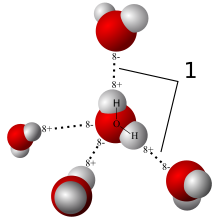
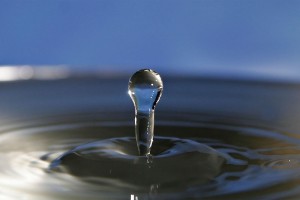
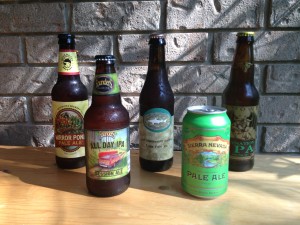
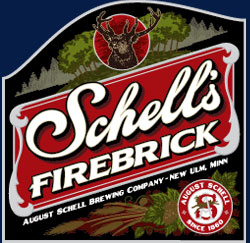
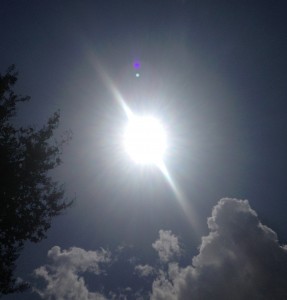

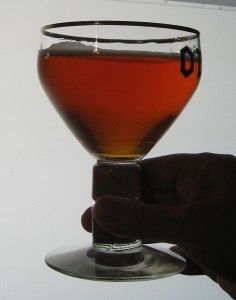

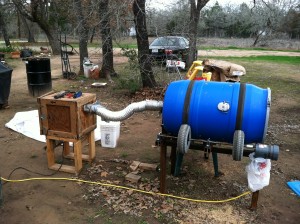
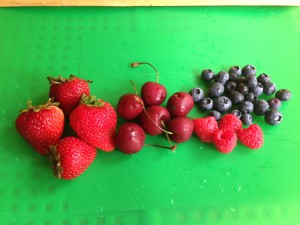

Recent Comments